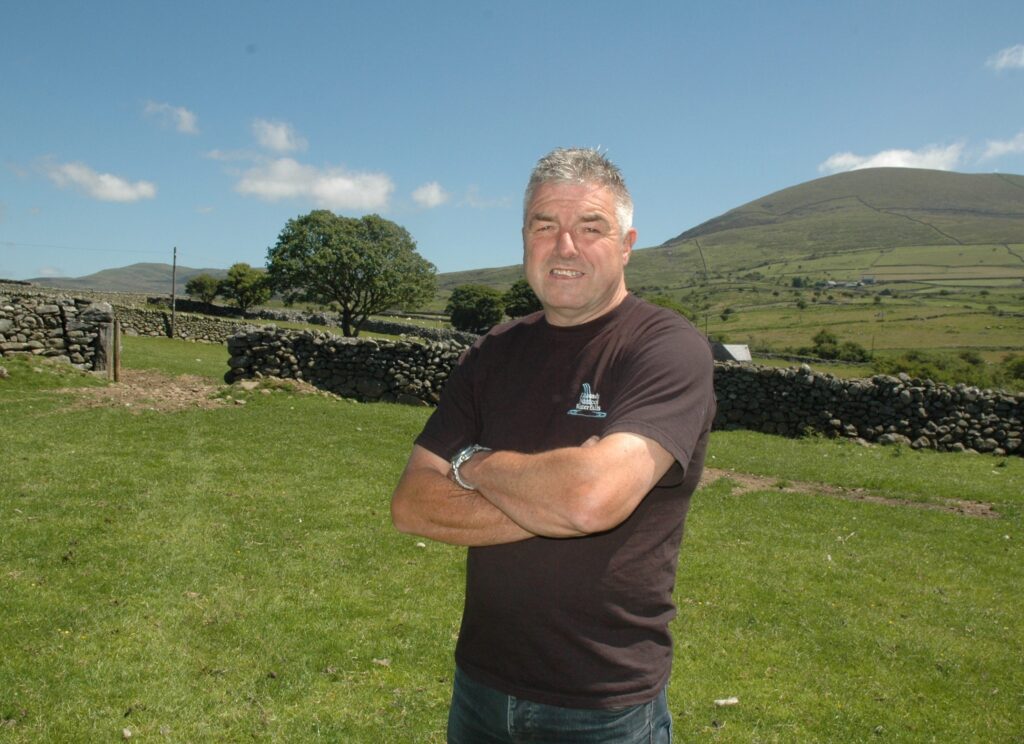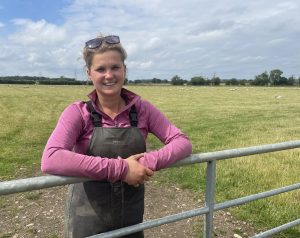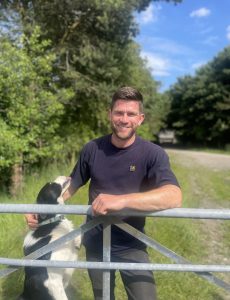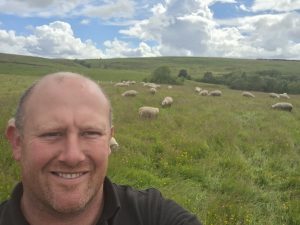Making sweeping changes to management systems on a hard hill farm was out of the question for the Jones family when considering how to add value to their flock, instead they’ve found introducing new genetics is being successful by improving market returns by 25% on the Abermax cross finished lambs and overall, making cost savings of around the 30% mark of an SDA unit.
“Over half the 800 acres we farm is rocks and bracken and has very limited carrying capacity,” explains Aled Jones who manages the unit with his wife Eleri, son Aron, daughter Elliw, and parents Evie and Heulwen. “We were selling Talybont Welsh lambs averaging 34kg in to the store market between August and October, however since we introduced Innovis genetics, we’ve been able to improve the flock’s potential by selling more, better quality lambs.
“We’ve crossed the Aberfield maternal sire to the Talybont Welsh ewes, and in turn introduced those cross bred ewes to the Abermax meat sire; we are achieving 0.29% more lambs reared – an average 1.69%, whilst 80% of the crop born from mid-February now leaves the unit by the end of July in a two-way split; half have reached 36kg target finishing weight from 10 weeks through to five months, whilst the remainder are sold as stores.”
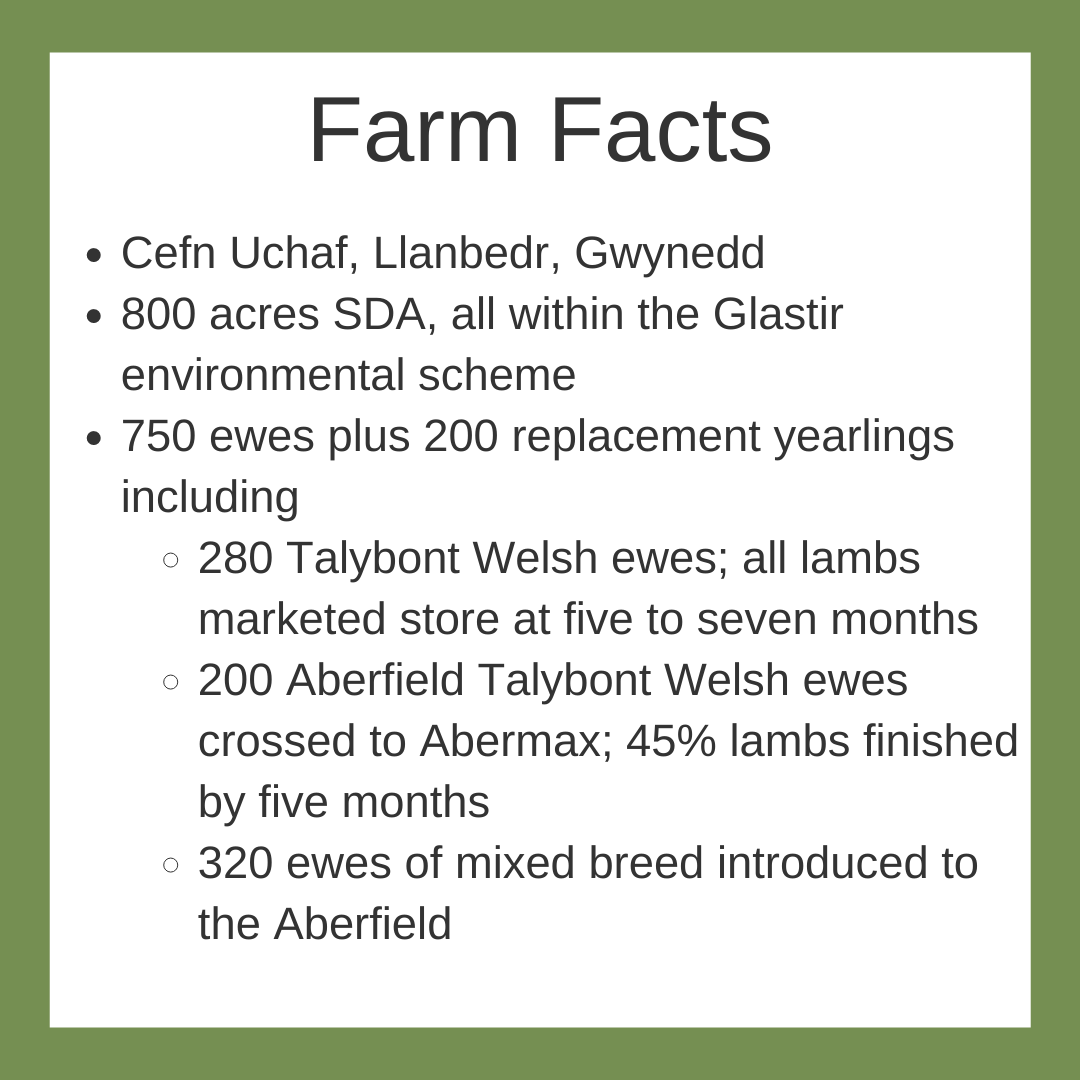
Apart from introducing added market value, Aled says the new strategy is enabling the family to make significant savings. “We no longer have to make at least three gathers to doze for ticks and maggots which adds up to £3.60 per lamb plus labour; additional fertiliser costing up to £1,500 would have been required, and the risk of any losses has been minimised. The flock is now eating considerably less dry matter.”
With a lamb requiring 1.3kg grass DM per day in August rising to 1.6kg grass DM per day in October and costed at 0.055p per kg DM, then the Jones are making savings of approximately £7 per lamb over the August to October period.
“Initially we had considered finishing the entire crop and targeting them all away at target weight by the end of October, however after working out the cost, it just didn’t make economic sense.”
Furthermore, Aled says one of the most noticeable features about the Aberfield Talybont Welsh ewe is she keeps her condition on poor quality ground. “Bigger ewes are not regarded as compatible to mountains, however we’ve found that since the crossbred ewes are slightly bigger at 70kg to 80kg mature weight compared with the average 70kg pure Talybonts, they can survive on the harshest of mountains. We run these shearling ewes at up to 1,500 feet between April and September, having wintered them in a lowland unit near Caernarfon.
“We’ve also found these crossbred ewes have a higher end value. We’ve started to sell a portion as four-year olds with couples to achieve a £25 to £30 a head difference over their purebred Talybont Welsh counterparts.”
Aled says thanks go to his father, Evie Morgan Jones, a former ADAS consultant, that he has been encouraged to see the bigger picture. “Making major changes to our management system was not possible – the unit doesn’t lend itself to improved grassland management, lambing late outdoors means we would hit the peak marketing season and lamb losses from foxes in this area are serious. The real option has always been to consider changing genetics, and moving away from traditional hill farming based around producing a small 25kg to 30kg finished Welsh hill lamb that is currently not very marketable,” he explains.
Back in the 1970s, their quest for a ewe capable of adapting to the farm and producing a bigger lamb led the Jones to invest in the Talybont Welsh. The enterprise evolved with the addition of the Bluefaced Leicester to produce Welsh Mule gimmer lambs. “Like all farmers operating in this arid area, our main objective is to maximise our income from sheep, however we had to spend a lot on bought on feed in order to produce fantastic lambs,” he says.
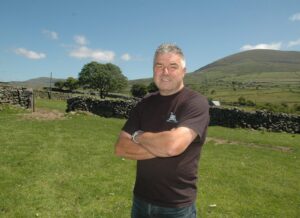
Introducing Innovis genetics five years ago was a natural progression. “I’ve always had an interest in genetics and I believe using performance data to help make buying decisions is the way forward. We select within the top 5% for prolificacy – the ideal for this unit is 150% to 160% born, ease of lambing, maternal characteristics for milk. Apart from being fully performance recorded, these rams are solely forage raised and we expect them to work for five years.
“We are also keeping a head of the game by lambing earlier – from mid-February, we’ve installed CCTV in the shed and operate 24 hour shifts over six weeks.”
He adds: “So far, we can vouch for the fact, the Aberfield has met with expectations, it’s delivering the goods – plenty of milk, fewer losses and minimum number of barren ewes.” Those expectations have recently been endorsed since the Jones have taken on a third unit carrying 320 ewes of mixed genetics, a selection of which are being crossed to the Aberfield.
